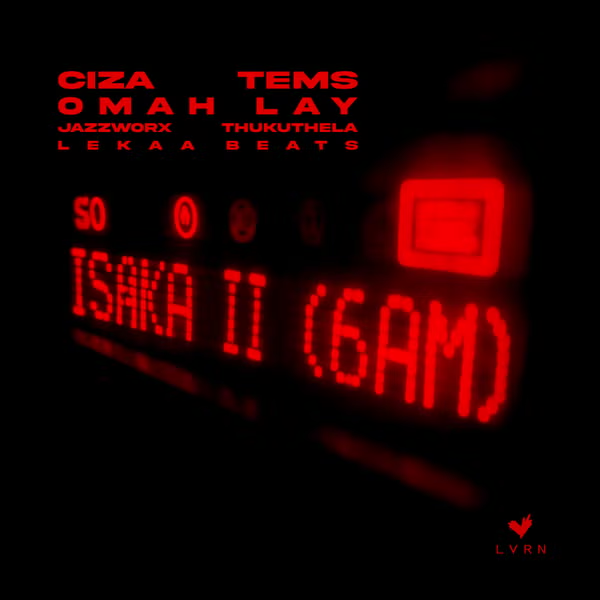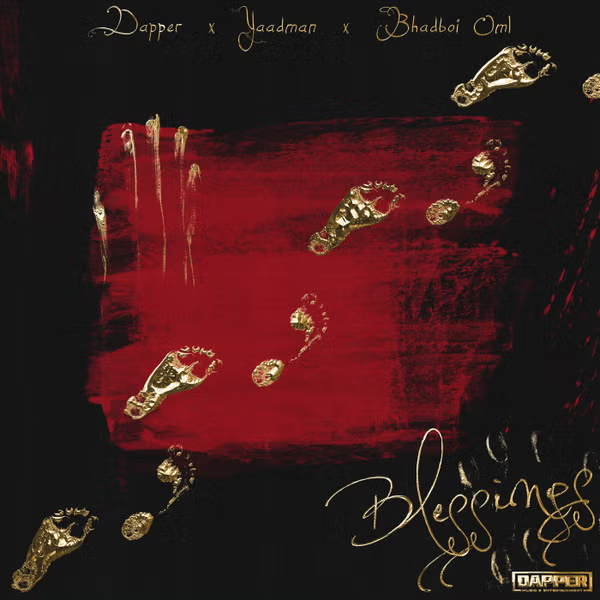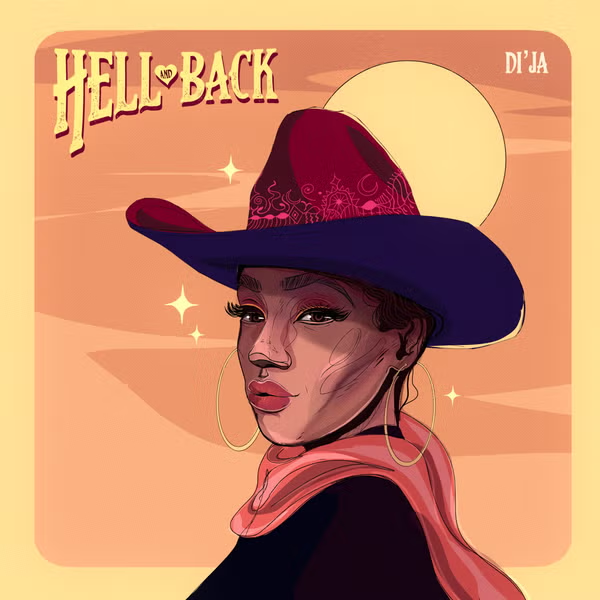Colour is loaded with significance in Thailand. While the roots of this significance are often ancient, it makes the modern nation tick.
Buddhism stretches the concept of colour with meaning back long before the borders of Thailand were formed.
Wherever you go in Bangkok, you’re likely to see Buddhist monks dressed in immaculate robes
in colours ranging from dark yellow to brick red, but more often than not closer to orange. Ask different monks, and you will likely get different answers as to why the colour was chosen.
“From the beginning, Buddha only allowed monks to use cloth from the graveyards that people had wrapped around tombs,” explains Phramaha Somphop, a monk based at Wat Pathum Wanaram, of the connected circle of life and death central to the faith. “The monks took the material and used gasaya (cleomaceae) fruit to dye the robes, which is how they now have their colour.”
Another monk describes how it was linked to a time when the monks lived in the forest. He believes that the vibrant hue helped ward off animal attacks. Yet another monk likens his ro
bes to a flame, with the colour orange representing the eternal light.
Decades ago, Thai people would regularly dress according to the day’s lucky colour (a habit thought to be connected to the region’s traditional animist beliefs). On a Friday, wearing a light blue item of clothing was considered lucky, while dark blue or black was seen as unlucky.
Dressing according to the day of the week is rare these days. Over time, the meaning of certain colours has changed, so it’s now only in scenarios where symbolism matters that people play with the meaningfulness of colour. Red is particularly cont
radictory.
It signifies conscription for some, but for the sizeable chunk of the population of Chinese heritage, red represents luck. And its significance as a colour of national pride is also instilled from an early age.











![Tuface Idibia Cancels Planned Protest [See Why]](https://www1.illuminaija.com/wp-content/uploads/2017/02/2face-102.3fm-2-1.jpg)













